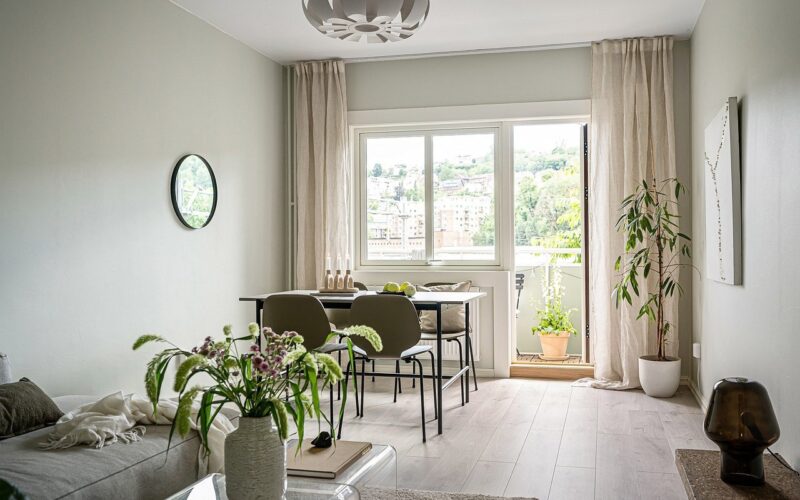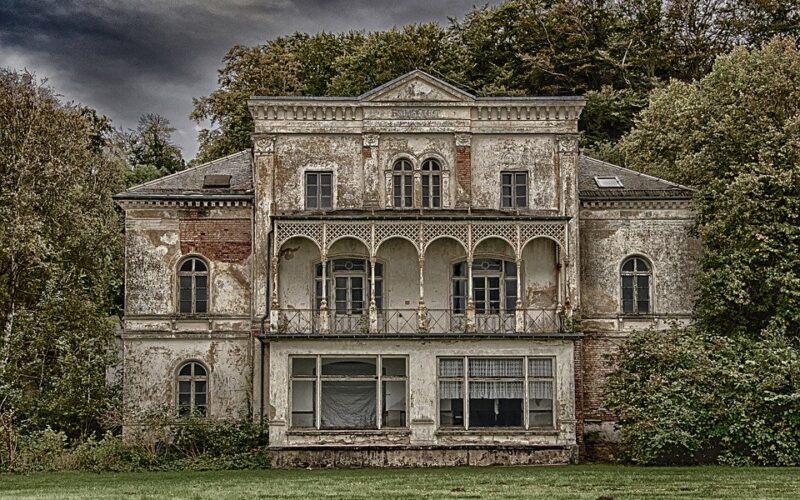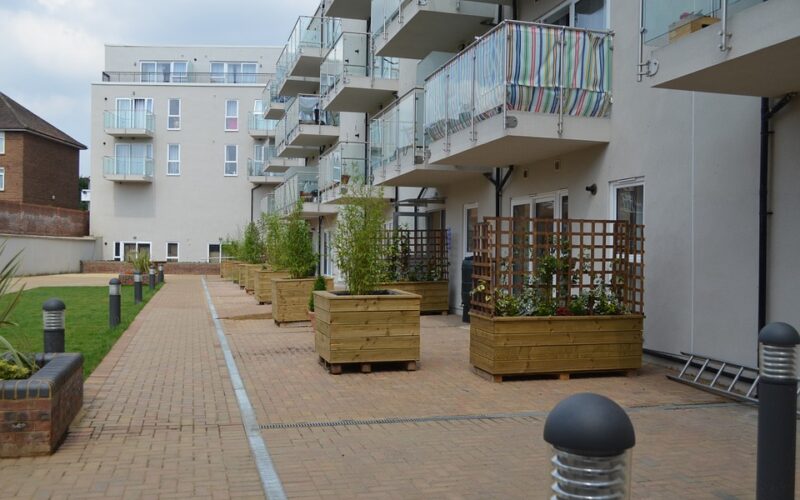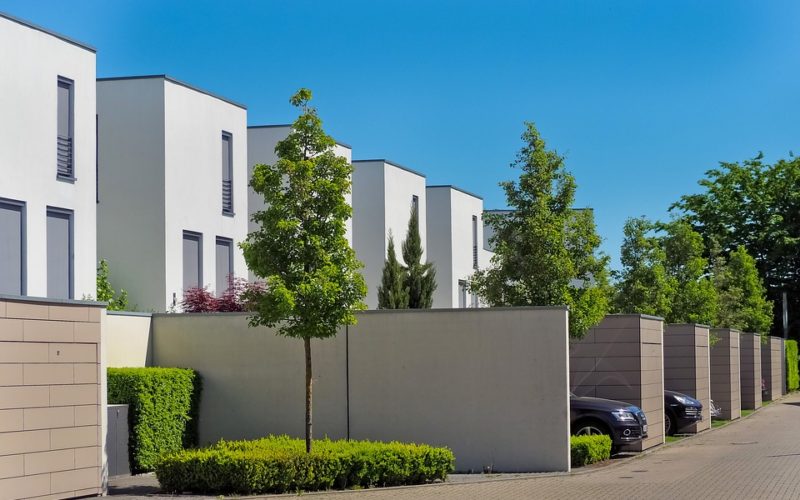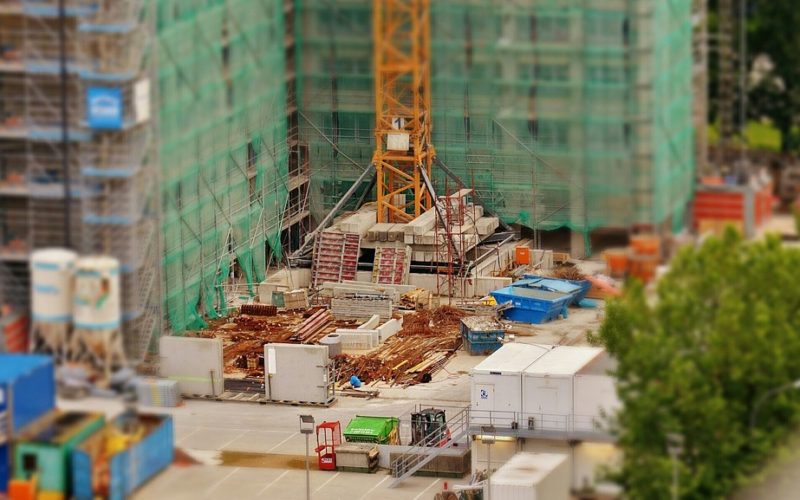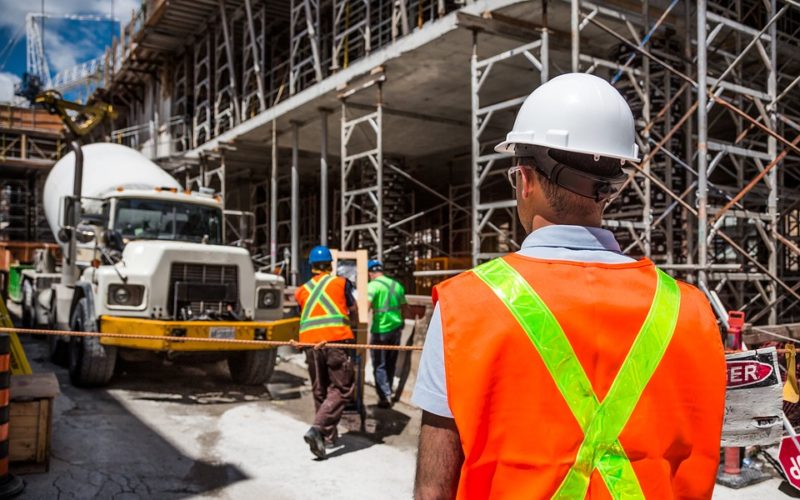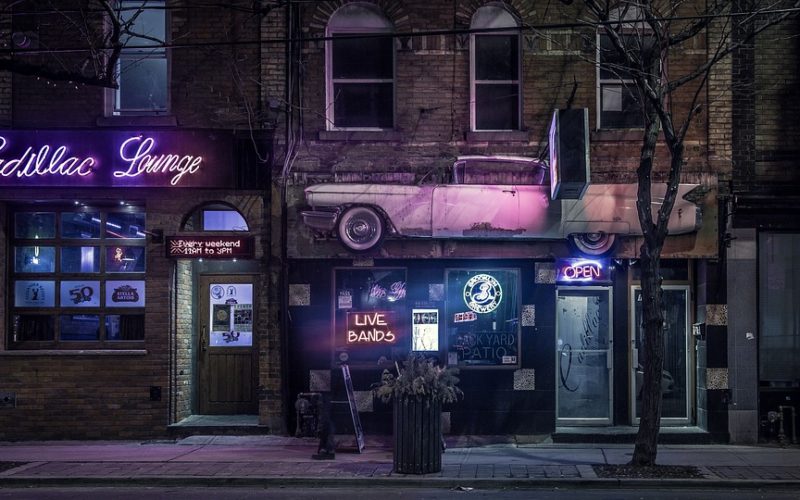Gentrification is a phenomenon that has been transforming neighbourhoods across the world for decades. The rapid influx of wealthy, well-educated individuals into historically low-income areas often leads to significant changes in local property prices. But do these effects really benefit all involved?
Definition and history of gentrification
Gentrification is a phenomenon that has been occurring for decades, although the term itself was only coined in the 1960s. It refers to the process of a neighbourhood transforming from a lower-income area into an affluent one, often involving the displacement of the original residents. While the causes and effects of gentrification are widely debated, there is no denying that it has become a prominent feature of urban life in many cities around the world. From London to New York, areas that were once considered undesirable have become trendy and chic, attracting a new demographic of residents.
Effects on housing prices
Gentrification, the process of revitalising a deteriorating urban area, has become a contentious issue in many cities worldwide. The primary causes of gentrification include urban renewal projects designed to attract investment, population growth and shifting demographics, and rising demand for housing in desirable locations. While gentrification brings many benefits, such as improved infrastructure and higher property values, it also has unintended consequences.
One of the most significant effects of gentrification is the dramatic increase in housing prices, making it difficult for low-income families to afford to live in the area. As a result, gentrification has led to the displacement of many long-time residents and a rise in economic inequality, highlighting the need for policy solutions that address these issues.
Data analysis
Examining property prices in different neighbourhoods before and after gentrification can provide valuable insights into the effects of this process on local housing markets. Using data analysis techniques, such as regression analysis, we can identify changes in home values over time and determine whether certain neighbourhoods experience greater property appreciation than others.
Additionally, we can use this information to better understand the impact of gentrification on the demographics of an area and explore potential socioeconomic consequences. By digging deeper into these trends, we can gain a better understanding of how gentrification shapes urban communities and adjust policies and actions accordingly.
Impact on existing residents and businesses
Gentrification has been a rising phenomenon in many urban areas, with its effects reaching far and wide. While it may seem like an economic boost to a community, the impact on existing residents and businesses can be significant.
Those who have lived and worked in these areas for generations may find themselves displaced due to rising rent prices, property taxes, and other costs associated with the influx of wealthier residents. Businesses and local shops may also struggle to keep up with rising rents, leading to closure and job loss.
The impact of gentrification is often a complex and nuanced issue, highlighting the need for thoughtful consideration and policies to support impacted communities.


